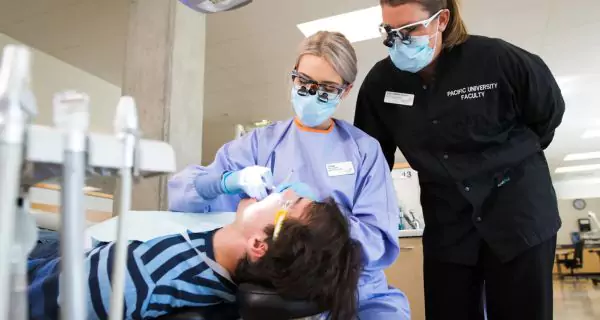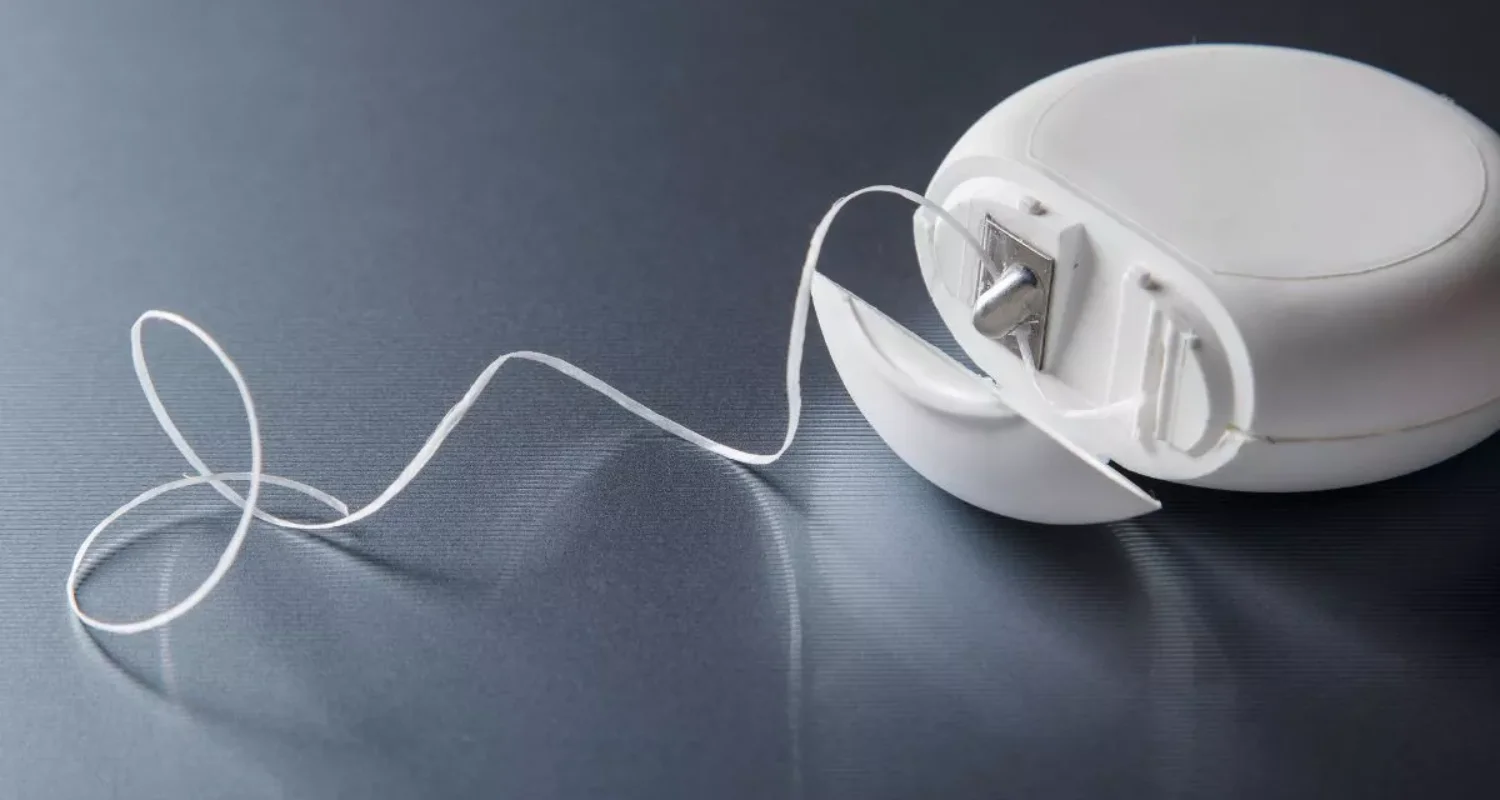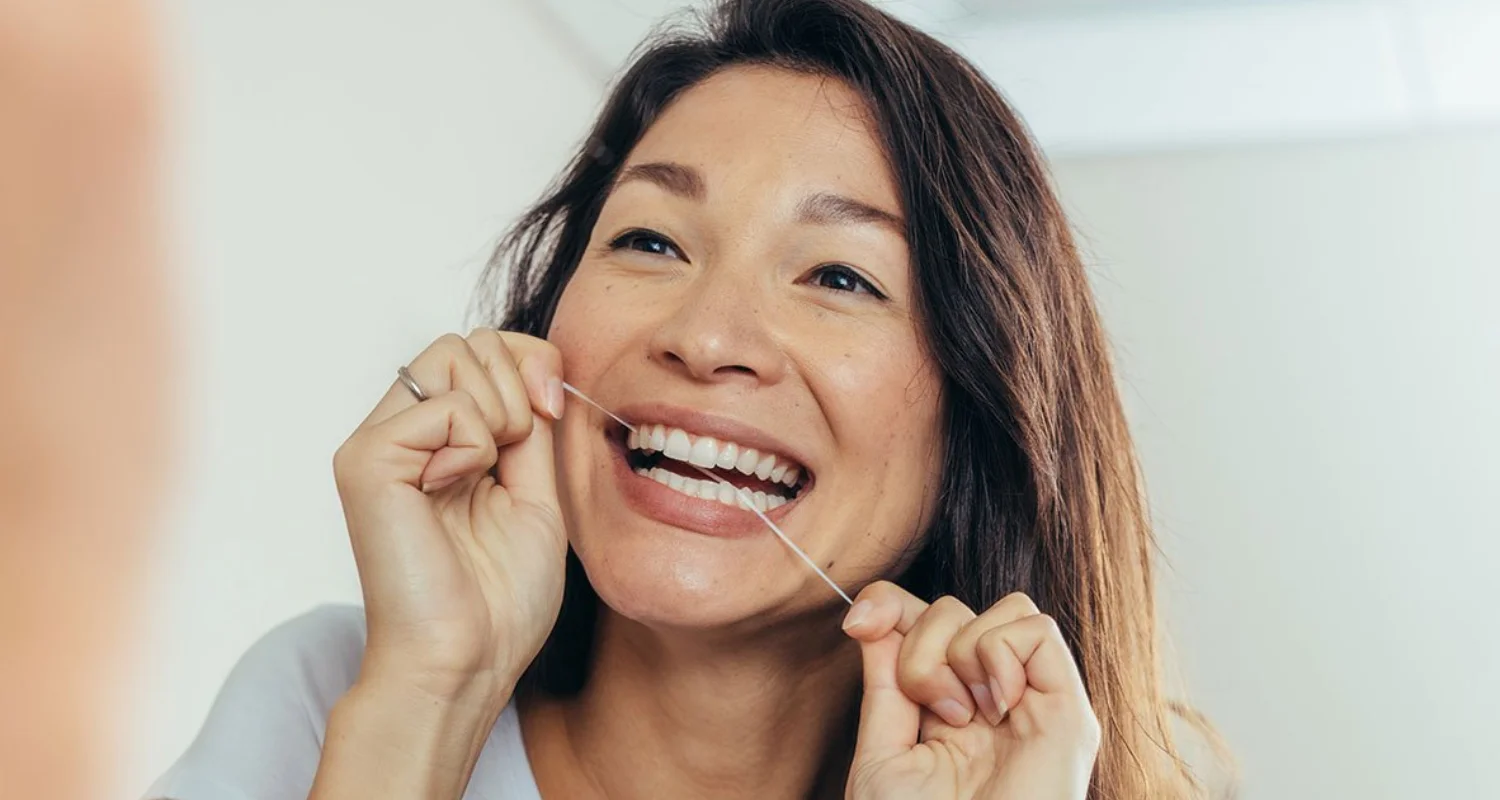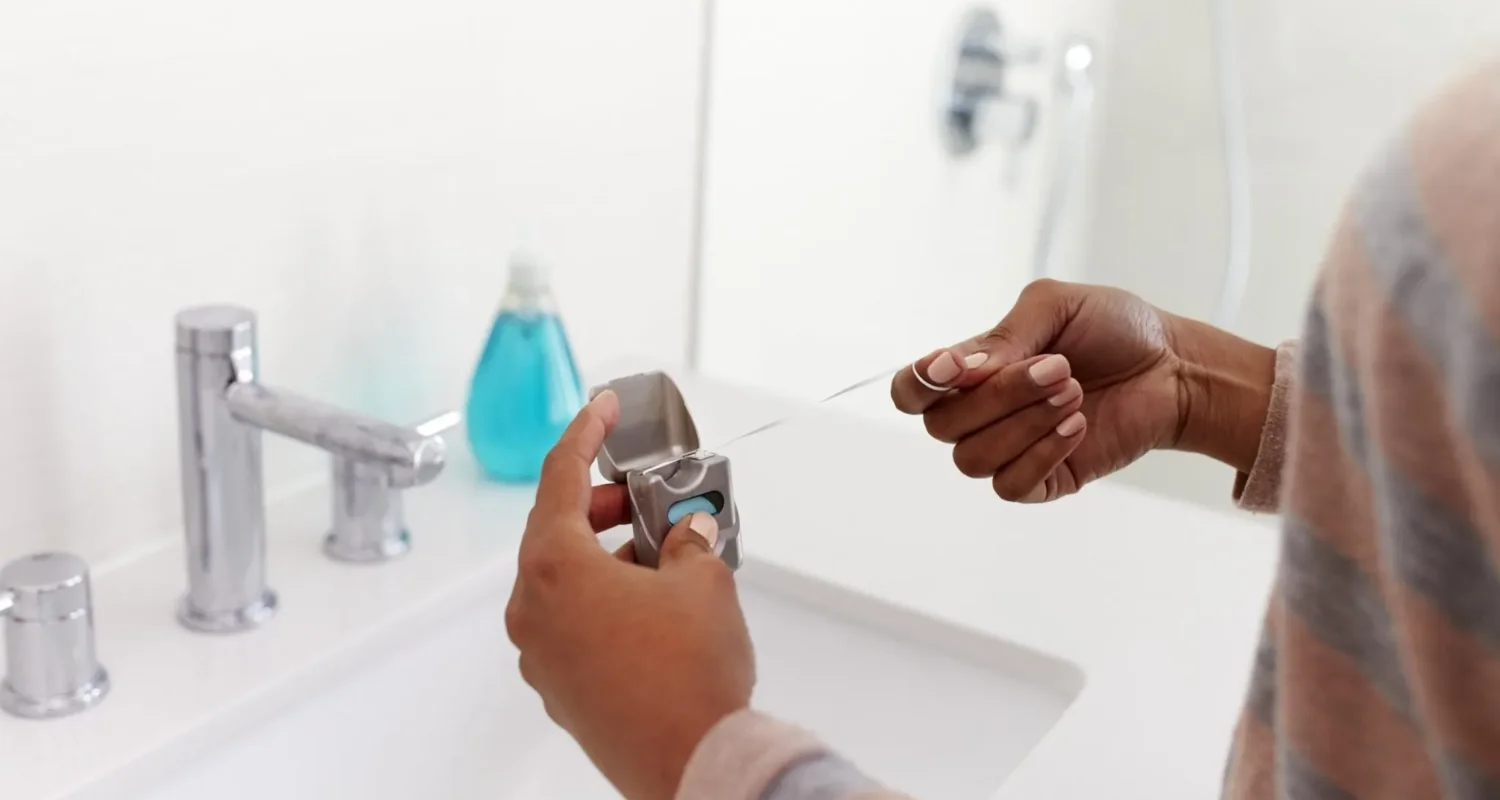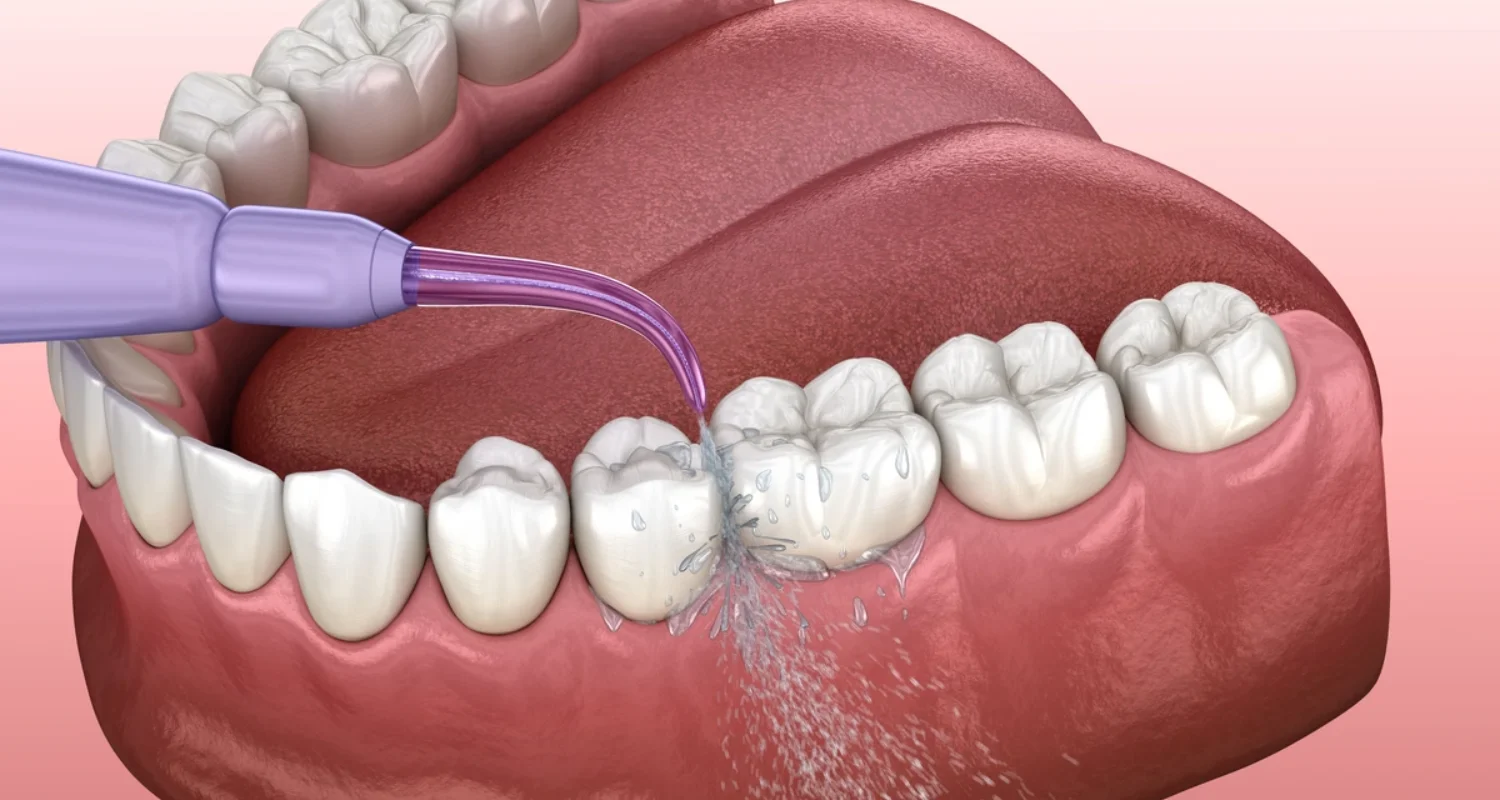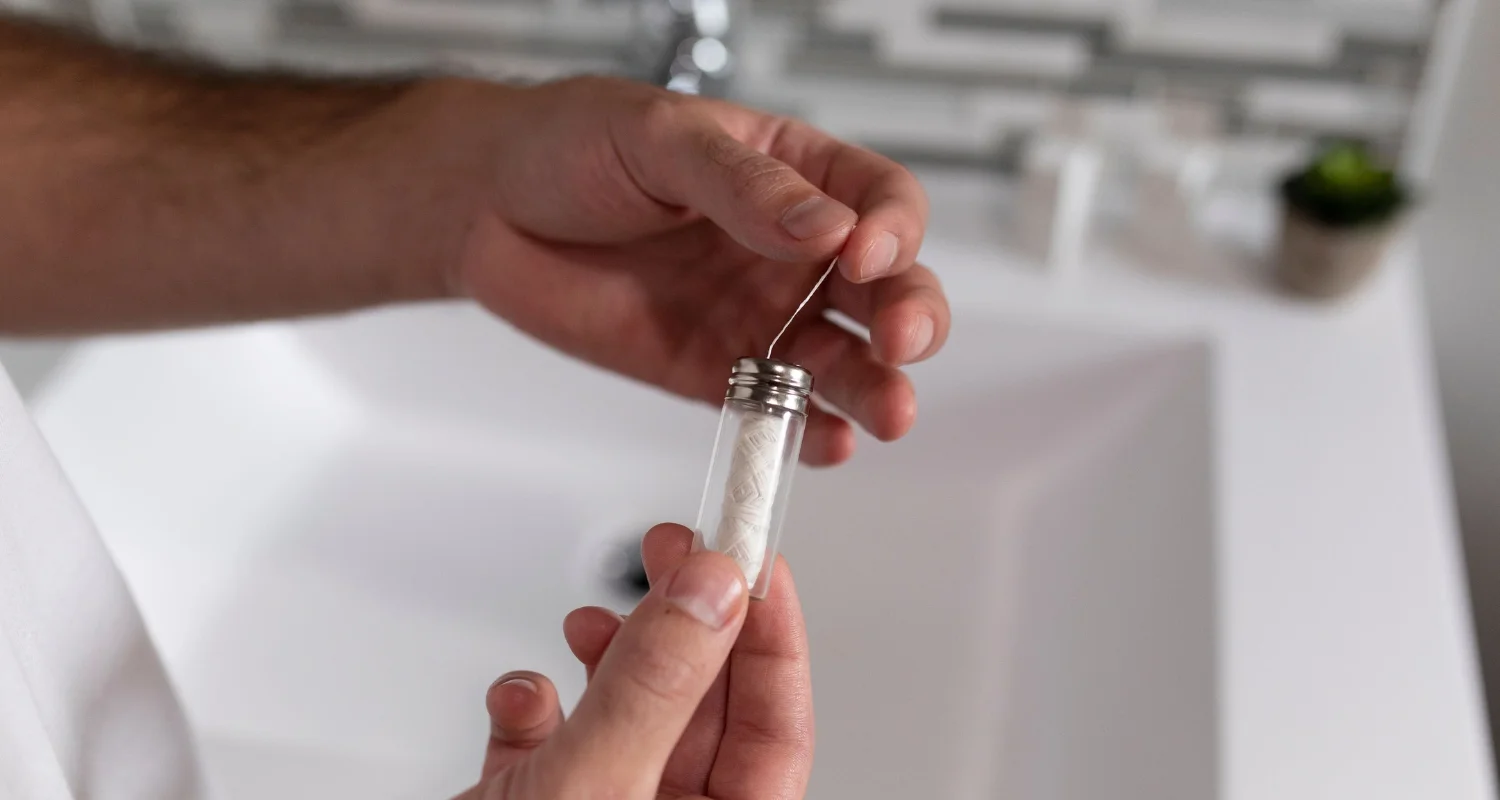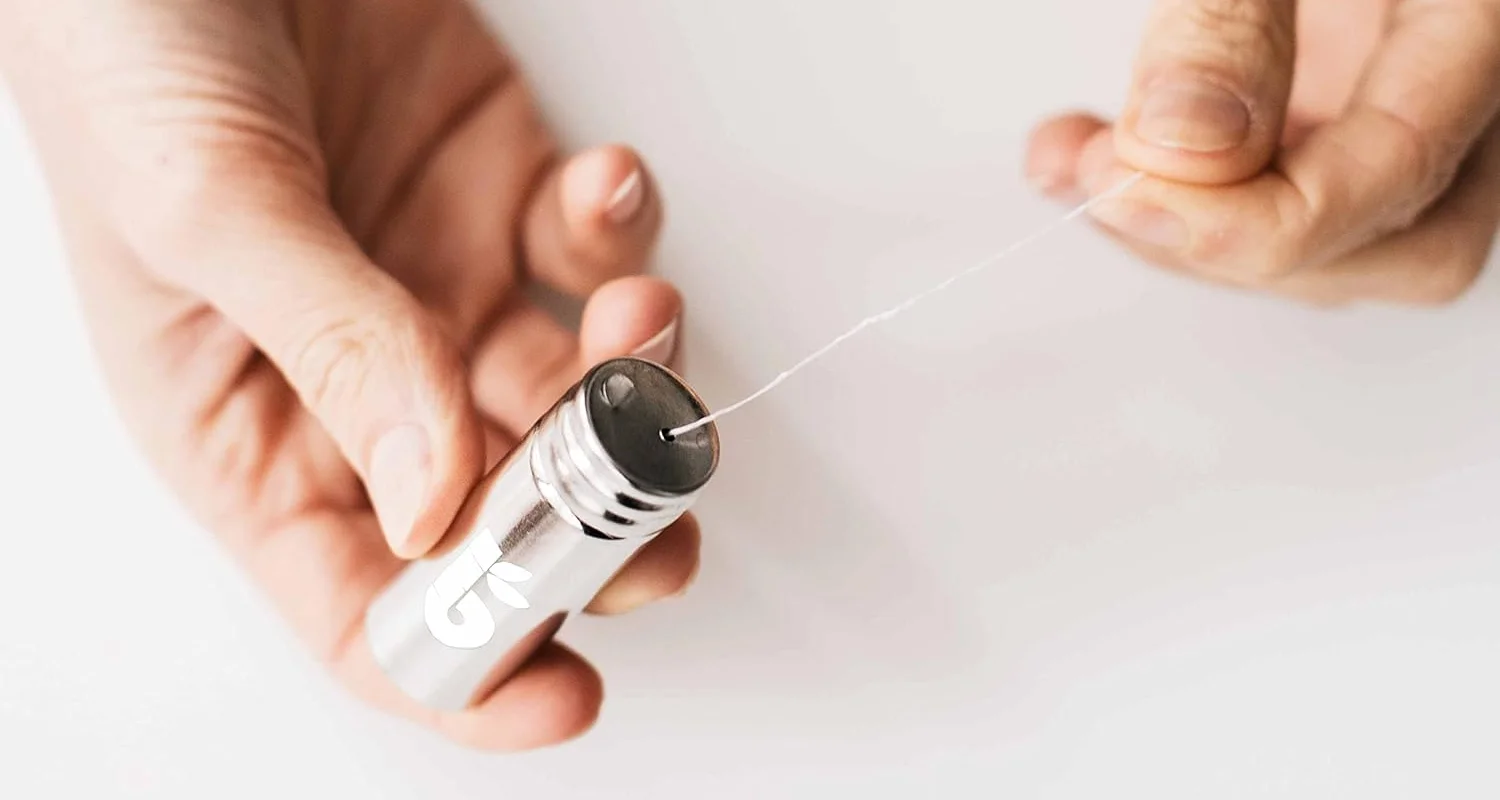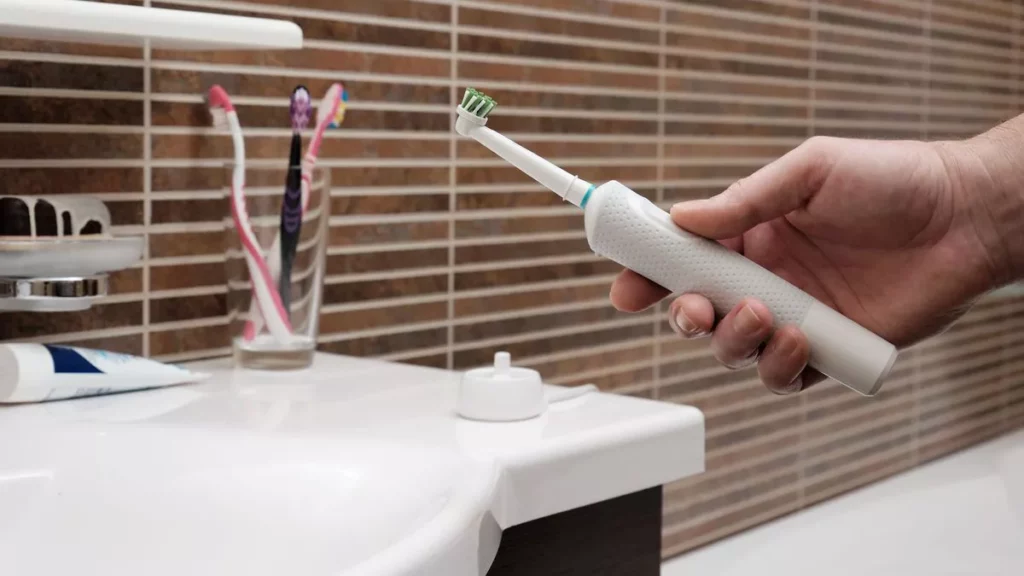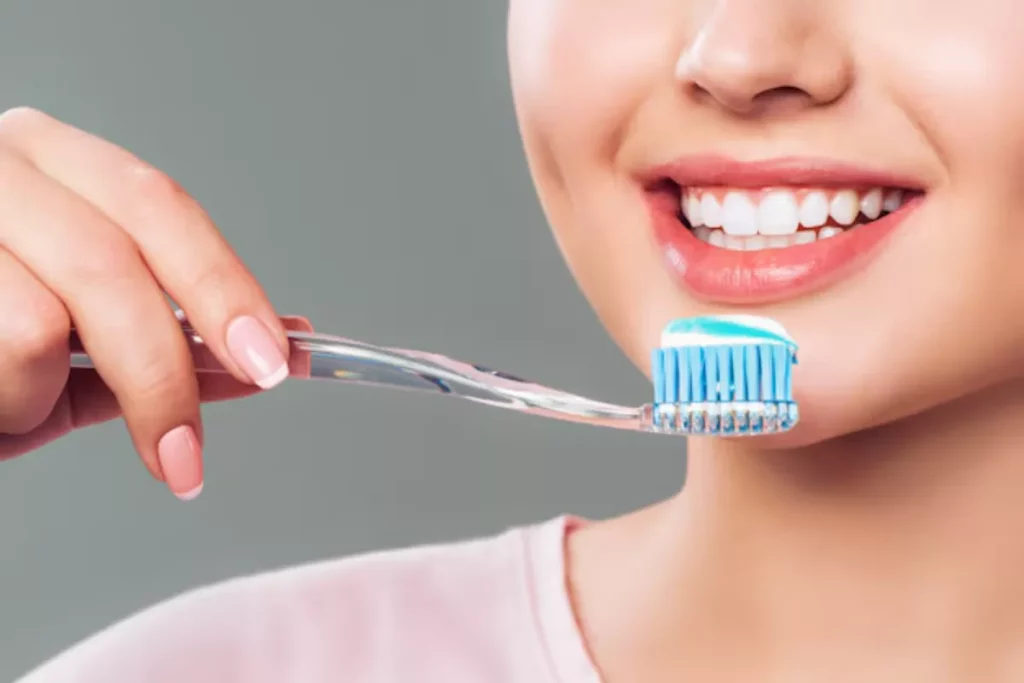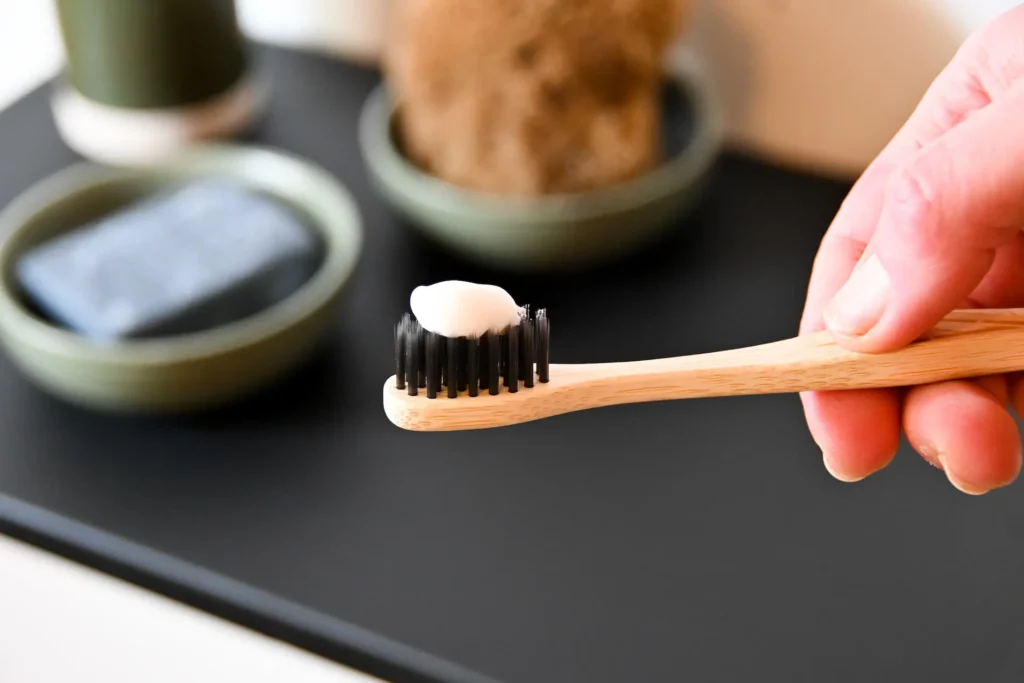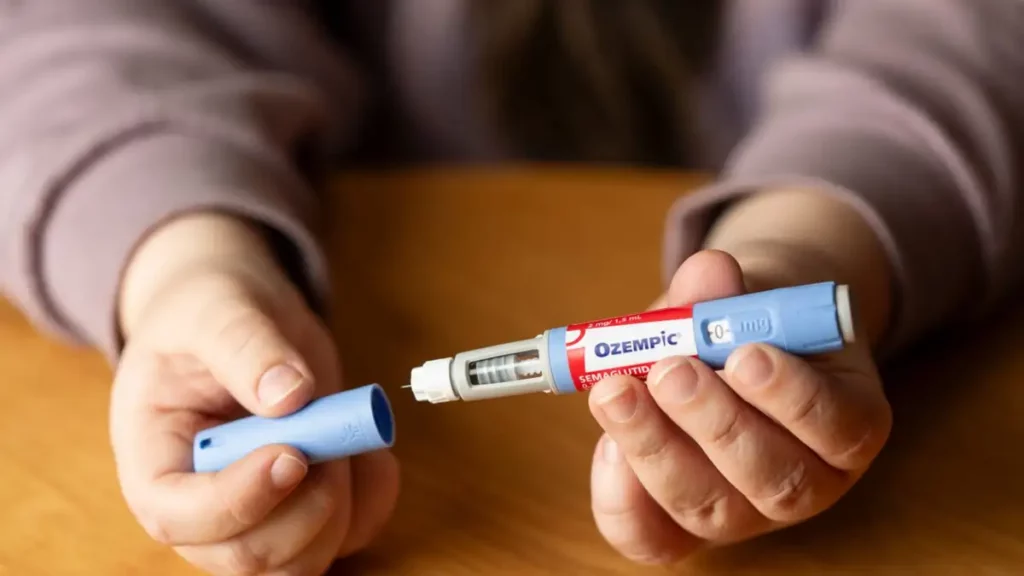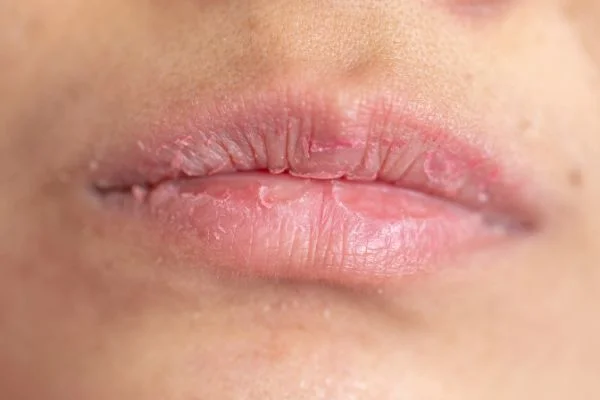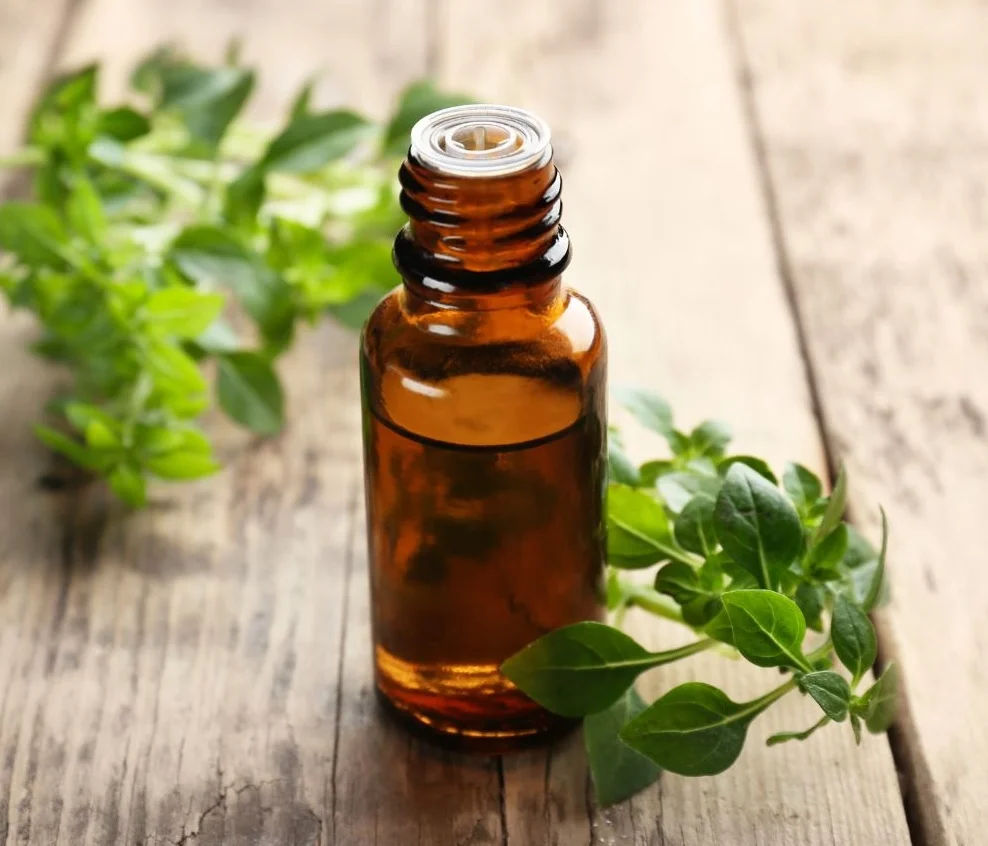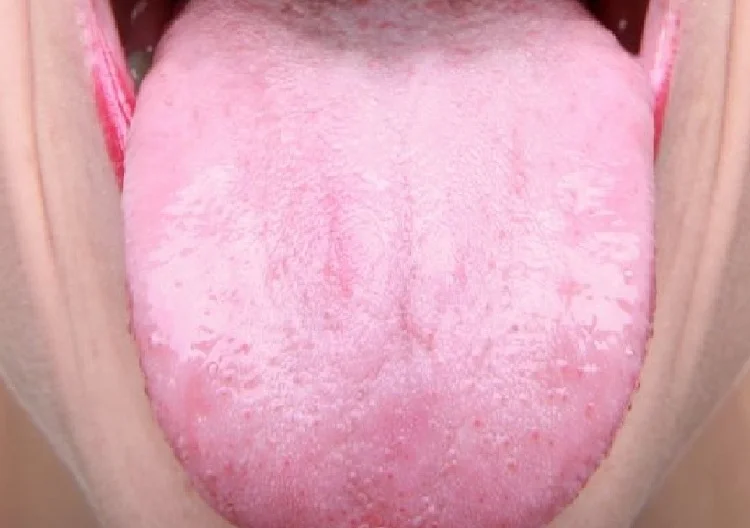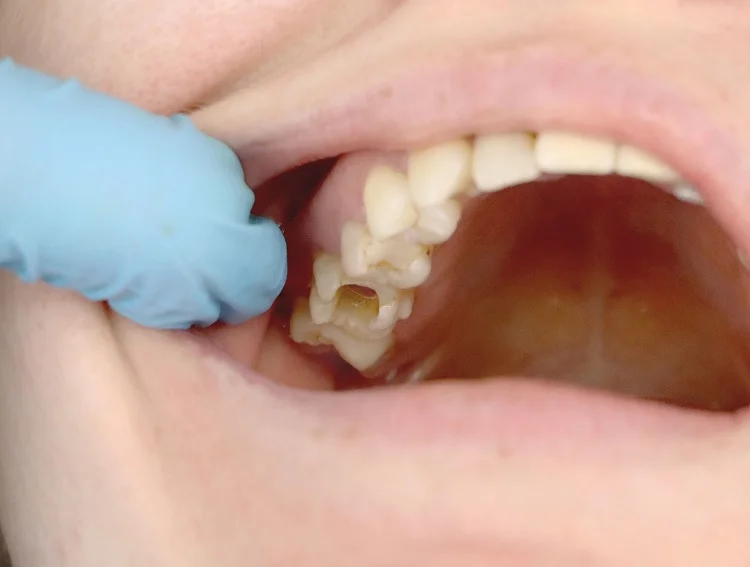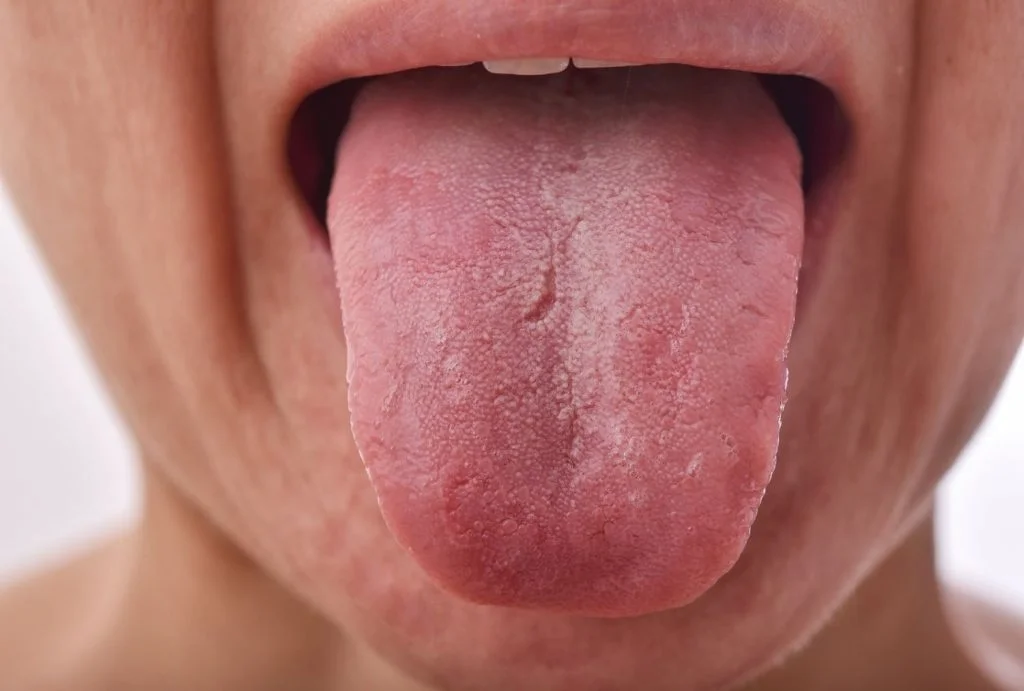Last Updated on: 19th September 2025, 12:35 pm
Is biodegradable dental floss the right choice for you?
Flossing is a key part of keeping your teeth and gums healthy, just like brushing. But not all dental floss is the same; with growing awareness of our impact on the environment, a new option has gained attention: biodegradable dental floss.
Switching to biodegradable dental floss is a small change with a big impact, helping you maintain a healthy smile while supporting sustainability. In this article, we’ll explore its benefits, compare it to traditional options, and share top picks to help you make the switch.
What is biodegradable dental floss?
Biodegradable dental floss is an eco-friendly alternative to traditional floss, which is often made from nylon or Teflon—a petroleum-based material that takes decades or even centuries to break down—biodegradable floss is crafted from natural materials that decompose more easily. Traditional floss not only contributes to landfill overflow but also pollutes the environment, supports the oil industry, and can harm wildlife.
Even the plastic packaging and handles of floss picks add to the problem, creating long-lasting waste.
Biodegradable dental floss offers a more sustainable solution. Here are the common materials used in eco-friendly floss options:
● Silk: A natural and compostable fiber that’s gentle on gums.
● Bamboo fibers: Durable, renewable, and biodegradable, bamboo is an excellent sustainable choice.
● Cornstarch (PLA): A vegan-friendly material often used to create polylactic acid floss, which breaks down in industrial composting facilities.
● Compostable threads: Innovative plant-based materials that are designed to decompose quickly in natural environments.
Many biodegradable floss brands also feature plastic-free packaging, such as refillable glass jars, reusable metal tins, or cardboard boxes. By choosing these alternatives, you’re not just taking care of your teeth; you’re also reducing waste, avoiding petroleum-based products, and supporting a healthier planet.
Switching to biodegradable dental floss is a small change that makes a big difference for the environment, turning a daily habit into a meaningful act of sustainability.
Why does it matter?
Did you know that 35% of plaque hides between your teeth and gums, in spots your toothbrush just can’t reach? This buildup is full of harmful bacteria that can cause cavities and lead to gum problems like gingivitis and periodontitis if it’s not removed.
Flossing is the best way to clean those hard-to-reach areas and keep your mouth healthy. Now, imagine doing all that while using a product that also breaks down naturally and doesn’t leave behind harmful waste. It’s a win for your smile and the planet!
Biodegradable dental floss vs. traditional dental floss
Biodegradable dental floss performs just like traditional floss, effectively sliding between your teeth to remove plaque and food particles. However, the key difference lies in its materials and environmental impact, making it a much more eco-friendly choice.
Advantages of biodegradable dental floss
● Eco-friendly materials: Biodegradable floss is made from natural fibers like silk and bamboo, which decompose into organic matter when disposed of properly. Unlike nylon or plastic used in conventional floss, these materials don’t linger in the environment for hundreds of years. Some biodegradable options are coated with plant-based waxes like candelilla wax for a smoother glide, further enhancing their sustainability.
● Plastic-free packaging: Many brands go beyond sustainable floss and offer plastic-free packaging, such as refillable glass jars, metal tins, or cardboard boxes. Some even provide refill spools to further minimize waste.
● Reduced environmental impact: Conventional floss contributes to microplastic pollution and can harm marine life when it ends up in waterways. Biodegradable options break down into harmless organic matter, significantly reducing their footprint on land and in oceans.
● Safe and natural ingredients: Biodegradable floss avoids synthetic chemicals and petroleum-based compounds, making it a safer option for both your health and the planet.
Disadvantages of biodegradable dental floss
While biodegradable dental floss has many benefits, there are a few drawbacks compared to traditional floss:
● Higher cost: The use of natural materials and sustainable production processes often makes biodegradable floss more expensive, which may make it less accessible for some people.
● Less durability: Natural fibers like silk and bamboo are not as strong as nylon, so biodegradable floss might break more easily, particularly if you have tightly spaced teeth or rough edges.
Pros of traditional dental floss
● Strong and durable: Traditional floss is made from nylon, a tough material that doesn’t break easily, making it reliable for all users.
● Plenty of options: It comes in a variety of flavors (like mint, cinnamon, or unflavored) and thicknesses, so you can easily find one that works best for you.
● Widely available: You can find traditional floss almost anywhere—at supermarkets, pharmacies, or convenience stores—making it super easy to access.
Cons of traditional dental floss
● Not biodegradable: Traditional floss is made of nylon or plastic, which takes hundreds of years to break down, adding to the growing problem of plastic waste.
● Environmental impact: Since it doesn’t decompose, traditional floss often ends up in landfills or oceans, harming the environment and marine life.
Traditional floss is a great option if you’re looking for something strong, affordable, and easy to find. However, if reducing your environmental footprint is important to you, biodegradable dental floss is a more sustainable choice, even if it’s slightly less durable and more expensive. Ultimately, the decision comes down to your priorities!
If you want to check some of the best traditional dental floss, here are our recommendations.
Biodegradable dental floss vs. water irrigators
A water irrigator is an electric device that uses a steady stream of water to remove plaque and food particles from your teeth and gums. While both biodegradable dental floss and water irrigators are effective tools for maintaining oral hygiene, they each have their own strengths and weaknesses.
How do they compare?
● Effectiveness: Both options are effective, but they shine in different areas. Biodegradable dental floss is better at removing tightly packed debris between teeth, while water irrigators are excellent for cleaning around braces, dental work, or wide gaps.
● Ease of use: Floss is simple, portable, and easy to use anywhere. Irrigators, on the other hand, require electricity and some setup, which can make them less convenient for travel.
● Cost: Biodegradable dental floss is more budget-friendly compared to water irrigators, which can be quite pricey.
● Eco-impact: Biodegradable dental floss is the clear winner in terms of sustainability. It breaks down naturally and leaves no waste behind, while water irrigators consume energy and water during use and contribute to electronic waste at the end of their life.
When to use each one
The choice between biodegradable dental floss and water irrigators depends on your personal needs:
● Biodegradable dental floss is ideal for everyday cleaning, especially if you have tight spaces between teeth and no special dental concerns like braces or prosthetics.
● Water irrigators are better suited for people with specific needs, such as braces, dental prosthetics, receding gums, or difficulty using traditional floss.
Why choose one when you can use both? Combining biodegradable floss and a water irrigator gives you the best of both worlds. Floss tackles the tight spaces between teeth with precision, while the irrigator reaches areas that floss might miss, like around braces or along the gumline. Together, they provide a thorough, eco-conscious way to keep your mouth clean and healthy.
In fact, you can check some water irrigators here!
How to choose the best biodegradable dental floss?
Switching to biodegradable dental floss is a great way to care for both your oral health and the environment. Here’s what to look for when making your choice:
● Material: Silk is a natural and compostable option, perfect for those who prioritize eco-friendliness. If you’re looking for vegan-friendly alternatives, bamboo or cornstarch fibers are excellent choices, offering both durability and sustainability.
● Packaging: Choose floss with sustainable packaging, like refillable glass jars, metal tins, or recyclable cardboard boxes, to further reduce waste.
● Certifications: Check for labels that confirm the floss is biodegradable or compostable. Certifications from recognized organizations can provide extra assurance of its eco-friendliness.
● Personal needs: Thin floss is ideal for tightly spaced teeth, while thicker floss works best for wider gaps. Adding a touch of comfort, options with mint flavors or wax coatings can make flossing a more pleasant experience.
● Budget: Biodegradable floss may cost more than traditional options, but it’s a worthwhile investment for your health and the planet.
● User reviews: Before purchasing, read reviews to ensure the floss is durable, doesn’t break easily, and meets your needs.
By choosing biodegradable dental floss, you’re not only maintaining your oral health but also making a conscious choice to support a cleaner planet.
Top 5 biodegradable dental floss options
If you’re looking for eco-friendly dental floss, here are some of the best biodegradable options to consider:
1. EcoRoots floss: EcoRoots offers a great option: bamboo floss. Is a vegan floss made with candelilla wax, mint, and tea tree oil for a fresh and effective clean. The Bamboo Floss is made from activated bamboo fibers. It comes in refillable glass dispensers with metal lids and compostable packaging. Buy EcoRoots Natural Bamboo Floss Here!
2. Bambaw floss: Bambaw provides a sustainable choice: natural silk coated with candelilla wax made from corn-based PLA. This option is compostable and comes in a reusable stainless steel dispenser with plastic-free packaging. Buy Bambaw Dental Floss here!
3. Dental lace floss: Made from 100% Italian silk, this eco-friendly floss is coated with candelilla wax and mint for a fresh feel. It comes in a reusable glass dispenser with a metal lid and cutter. Refills are available in compostable packaging, making it a stylish and sustainable choice. Buy Dental Lace Floss here!
4. Georganics floss: Georganics offers a great alternative to natural dental floss with spearmint. It’s vegan and cruelty-free. Buy Georganics floss here!
5. TreeBird floss: TreeBird offers two options: one made from Peace Silk (Ahimsa silk) and another vegan choice made from bamboo with activated charcoal. Both are coated with candelilla wax and peppermint oil for a fresh, easy flossing experience. They come in refillable glass dispensers with compostable or recyclable packaging.
Buy TreeBird floss made from Peace Silk
here.
Buy TreeBird floss made from bamboo
here.
These biodegradable flosses combine effective oral care with sustainability, helping you care for your teeth while protecting the planet.
Conclusion
Switching to biodegradable dental floss is a small but impactful step toward a healthier planet. By choosing floss made from natural materials, you’re not only improving your oral health but also contributing to a cleaner environment. With so many options available on the market today, it’s easier than ever to find a sustainable dental floss alternative that fits your lifestyle and supports the environment.
Let’s make sustainable flossing a daily habit!
Frequently Asked Questions
Is biodegradable dental floss vegan?
Not all biodegradable dental floss is vegan. Silk floss is natural but not vegan, as it’s derived from silkworms. Vegan options include bamboo or cornstarch-based floss.
Is flossing really necessary if I brush my teeth?
Yes, brushing alone can’t reach the tight spaces between teeth where plaque and food debris accumulate. Flossing is essential for preventing cavities and gum disease.
Does biodegradable dental floss require special care for storage?
Most biodegradable floss can be stored like traditional floss, in a cool, dry place. Avoid exposing it to excessive moisture or heat, which may degrade natural materials over time.
How do I start using biodegradable floss?
Using biodegradable floss is just like using regular floss. Pull out a piece, gently slide it between your teeth, and clean down to the gumline. Follow the same routine you would with any floss product.
What’s the difference between biodegradable and compostable floss?
The difference between biodegradable and compostable floss is simple: biodegradable means the floss will naturally break down over time, like in the soil or water. Compostable, on the other hand, means the floss not only breaks down but also turns into nutrient-rich material that can be used as fertilizer, usually in a compost pile or under specific composting conditions. Both are eco-friendly, but compostable goes a step further by enriching the environment.
Share
References
1. Abed, R., Ashley, P., Duane, B., Crotty, J., & Lyne, A. (2022, 6 October). An environmental impact study of inter‐dental cleaning aids. Journal Of Clinical Periodontology, 50(1), 2-10. https://doi.org/10.1111/jcpe.13727
2. Denver Gov. (s. f.). Trash, Recycle, Compost: Collection Schedules and Guidelines. City And County Of Denver. https://www.denvergov.org/Government/Agencies-Departments-Offices/Agencies-Departments-Offices-Directory/Recycle-Compost-Trash/Trash-Recycle-Compost-Schedules-and-Reminders?_escaped_fragment_=rc-cpage%3D41324&lang_update=637438091925805385#!rc-cpage=41176
3. Harvard Health. (2016, 17 august). Tossing flossing? Harvard Health blog. https://www.health.harvard.edu/blog/tossing-flossing-2016081710196
4. Sambunjak, D., Nickerson, J. W., Poklepovic, T., Johnson, T. M., Imai, P., Tugwell, P., & Worthington, H. V. (2011, 7 December). Flossing for the management of periodontal diseases and dental caries in adults. Cochrane Library. https://doi.org/10.1002/14651858.cd008829.pub2
5. Shamsoddin, E. (2022, 23 September). Dental floss as an adjuvant of the toothbrush helps gingival health. Evidence-Based Dentistry, 23(3), 94-96. https://doi.org/10.1038/s41432-022-0818-x
6. Zhou, C. (2022, 6 December). Dental floss vs. water flosser: Which is better?. Mayo Clinic. https://www.mayoclinic.org/healthy-lifestyle/adult-health/expert-answers/dental-floss/faq-20058112
-
DDS Juliana Garzon [Author]
Dr. Juliana Garzón Ariza Endodontics Specialist | Passionate Advocate for Oral Health Transformation Graduating from the esteemed Universidad Nacional de Colombia in 2021, I am a dentist and a final-year resident specializing in Endodontics. My professional mission is to transform oral health through prevention, highly specialized treatments, and patient education. With a strong focus on dental research, I am driven to innovate solutions in critical areas such as dental pain, infections, dent...
View all posts
-
Dr. Yeidy Carolina Mesa [Medical Reviewer]
DDS Yeidy Carolina Mesa Passionate Dentist | Advocate for Accessible Oral Health Education Graduating from Universidad CES in 2022, I am a dedicated general dentist with a lifelong passion for helping others and making a meaningful impact in the world. My journey into dentistry began at the age of 7, inspired by my own experience with braces and overcoming a fear of the dentist. This personal journey shaped my mission to help patients conquer their own dental anxieties and embrace a healthier,...
View all posts

